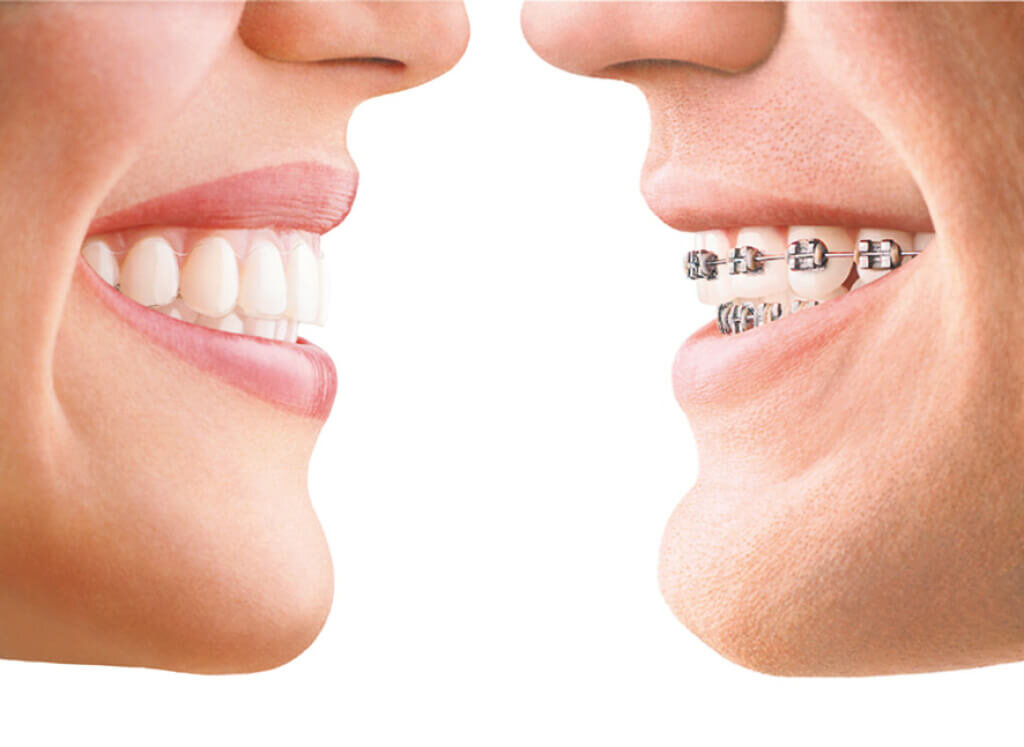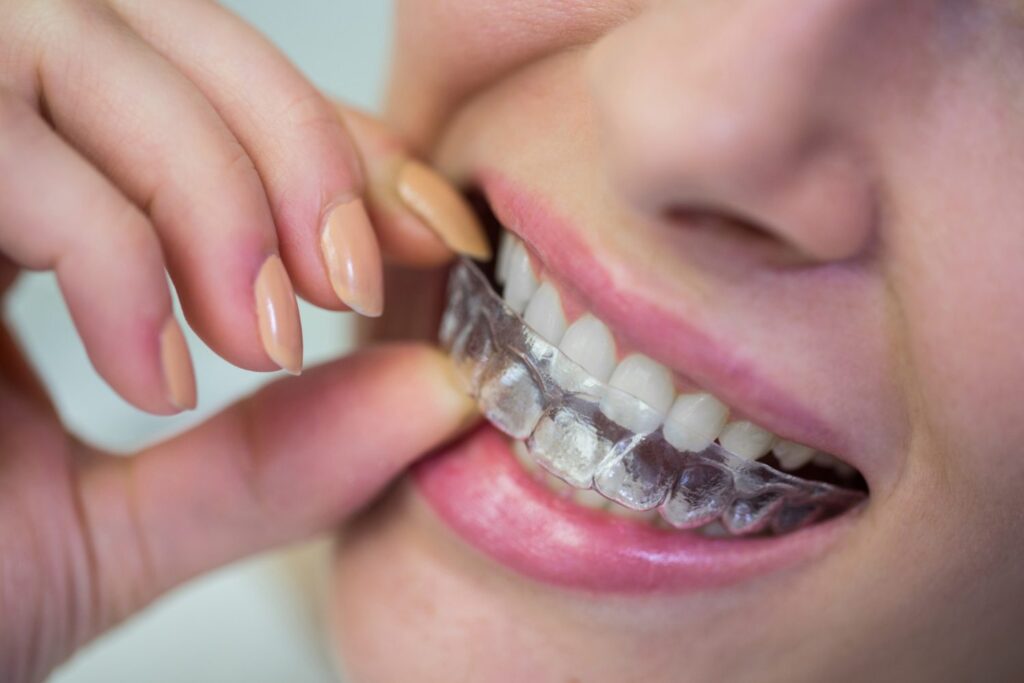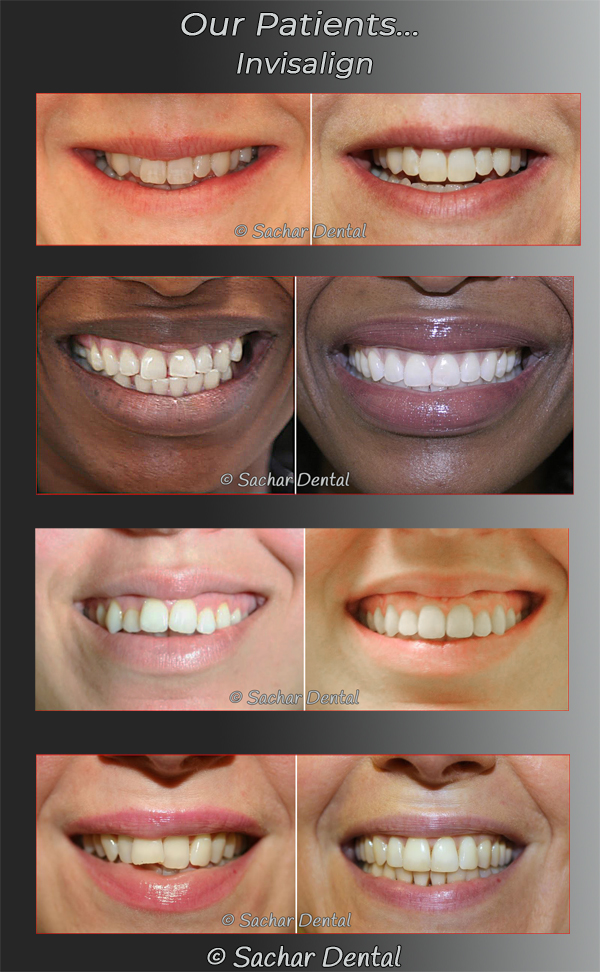What to Anticipate During Your Invisalign Journey: A Comprehensive Overview
What to Anticipate During Your Invisalign Journey: A Comprehensive Overview
Blog Article
Invisalign vs. Traditional Braces: Which Choice Is Right for You?
When considering orthodontic therapy, the selection between Invisalign and conventional dental braces offers several crucial variables that warrant careful evaluation. Invisalign supplies a discreet option with removable aligners, while traditional braces supply an extra noticeable yet reliable service for serious misalignment. Each alternative encompasses distinct benefits and drawbacks associated with aesthetic appeals, convenience, therapy period, and cost. Recognizing these subtleties is essential for making a notified decision that lines up with your individual choices and way of living. The inquiry continues to be: which choice will best meet your orthodontic needs and assumptions?
Review of Treatment Options

In contrast, standard dental braces contain metal braces and wires that are bound to the teeth. This method uses continual pressure with time to achieve placement. While effective for complicated orthodontic issues, traditional dental braces call for regular gos to for changes and can pose difficulties in maintaining dental hygiene due to the trouble of cleaning around braces and cords.
Both choices have their merits, and the option commonly rests on certain oral conditions, way of life choices, and client compliance. Ultimately, consulting an orthodontic professional is essential for identifying one of the most ideal therapy plan tailored to private requirements. Comprehending the subtleties of each choice can substantially affect the total success of orthodontic treatment.
Visual Factors To Consider
A significant variable influencing the option between Invisalign and typical dental braces is the visual appeal each therapy uses. Invisalign aligners are crafted from clear plastic, making them virtually undetectable when worn.
On the other hand, traditional dental braces contain steel brackets and cords, which can be extra visible. While improvements in orthodontic technology have actually caused the development of smaller brackets and tinted elastics, conventional dental braces still preserve an even more noticeable account. For some individuals, the exposure of dental braces might discourage them from looking for needed treatment.
Ultimately, the selection in between Invisalign and traditional braces may pivot on personal preferences concerning visual appeals. Patients that focus on discretion typically favor Invisalign, while those who are less worried about exposure might choose for conventional dental braces. Understanding the visual implications of each choice is important for making an educated decision that lines up with one's way of living and choices.
Comfort and Convenience

In regards to ease, Invisalign aligners are detachable, making it possible for clients to enjoy their favorite foods without restriction and keep optimum dental hygiene. Brushing and flossing are simplified, as the aligners can be taken out throughout these regimens, whereas standard braces require mindful steering around wires and braces.
In comparison, traditional braces demand routine changes, making them less hassle-free for those with hectic timetables. In general, the convenience and comfort of Invisalign make it an enticing choice for several individuals looking for orthodontic therapy.
Therapy Duration and Effectiveness
While both Invisalign and traditional braces work in fixing oral imbalances, the duration of treatment can differ considerably in between both choices. Generally, Invisalign therapy can take anywhere from 12 to 18 months, relying on the intricacy of the case. The clear aligners work by gradually moving teeth into their preferred positions, and normal follow-ups with an orthodontist assistance guarantee progression stays on track.
On the other hand, typical braces frequently require a longer dedication, usually varying from 18 months to three years. This results from their set nature and making use of cords and brackets, which can be extra efficient for complicated cases and extreme misalignments (Invisalign). The therapy performance of traditional braces is well-documented, as they permit precise adjustments and higher control over tooth activity
Inevitably, the selection between Invisalign and conventional braces may rest on both the expected treatment duration and the details oral issues handy. Consulting with an orthodontist is important, as they can offer tailored recommendations based upon specific requirements, ensuring the selected approach lines up with preferred results and timeframes.
Expense Contrast and Insurance Options
Price plays a significant function in the decision-making process for people considering orthodontic therapy, whether choosing for site link Invisalign or conventional dental braces. On standard, the expense of Invisalign ranges from $3,000 to $8,000, while typical dental braces normally cost between $2,000 and $6,000. Variables affecting these costs consist of the complexity of the case, the period of treatment, and geographical location.
Lots of dental insurance coverage plans provide partial protection for orthodontic therapies, however the specifics can vary extensively. Normally, traditional dental braces might be much more regularly covered by insurance plans contrasted to Invisalign, which some insurers classify as an aesthetic treatment.
Additionally, several orthodontic techniques offer adaptable settlement strategies, making both therapy choices extra easily accessible. Individuals need to inquire about possible financing choices and price cuts for ahead of time payments. Assessing the complete expense, consisting of insurance policy benefits and settlement plans, is important for making a notified decision that aligns with both visual choices and spending plan factors to consider.

Conclusion
In summary, the selection between Invisalign and traditional dental braces rests on several factors, including aesthetic choices, comfort, treatment duration, and expense. Invisalign offers a very discreet, detachable choice that facilitates dental hygiene and nutritional flexibility, while typical dental braces might be preferable for complicated dental problems and frequently come with a lower cost point. Ultimately, assessment with an orthodontist is important to analyze private scenarios and establish one of the most appropriate treatment alternative for achieving optimal dental placement.
When considering orthodontic treatment, the selection between Invisalign and standard dental braces provides several crucial variables that warrant mindful blog here assessment.Contrasting Invisalign and conventional braces discloses distinct therapy alternatives for orthodontic correction.While both Invisalign and typical braces are effective in fixing dental imbalances, the duration of treatment can vary considerably in between the two alternatives.Cost plays a significant function in the decision-making process for individuals taking into consideration orthodontic treatment, whether deciding for Invisalign or typical dental braces.In summary, the selection between Invisalign and traditional dental braces pivots go to website on several factors, including aesthetic preferences, convenience, treatment duration, and price.
Report this page